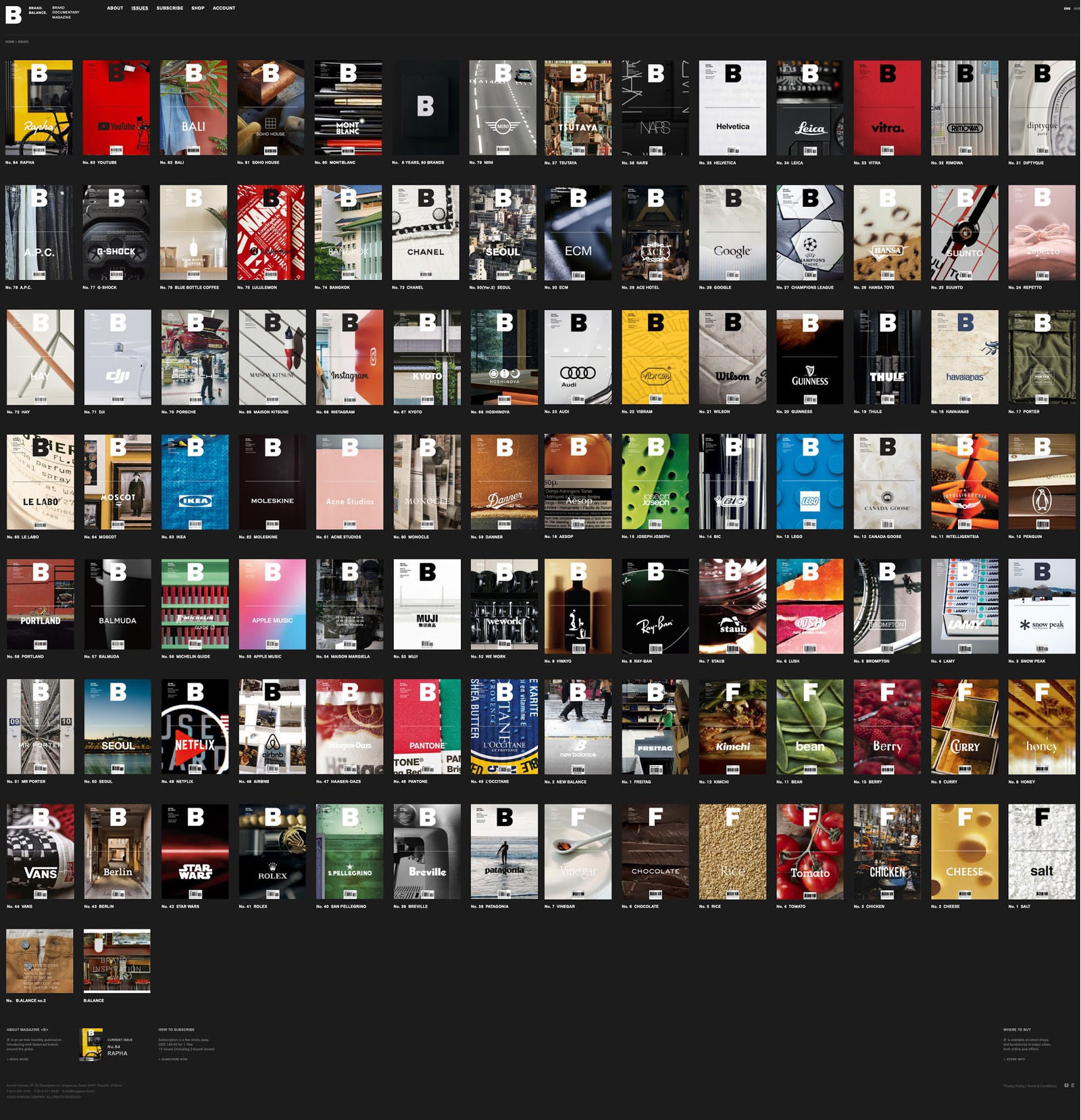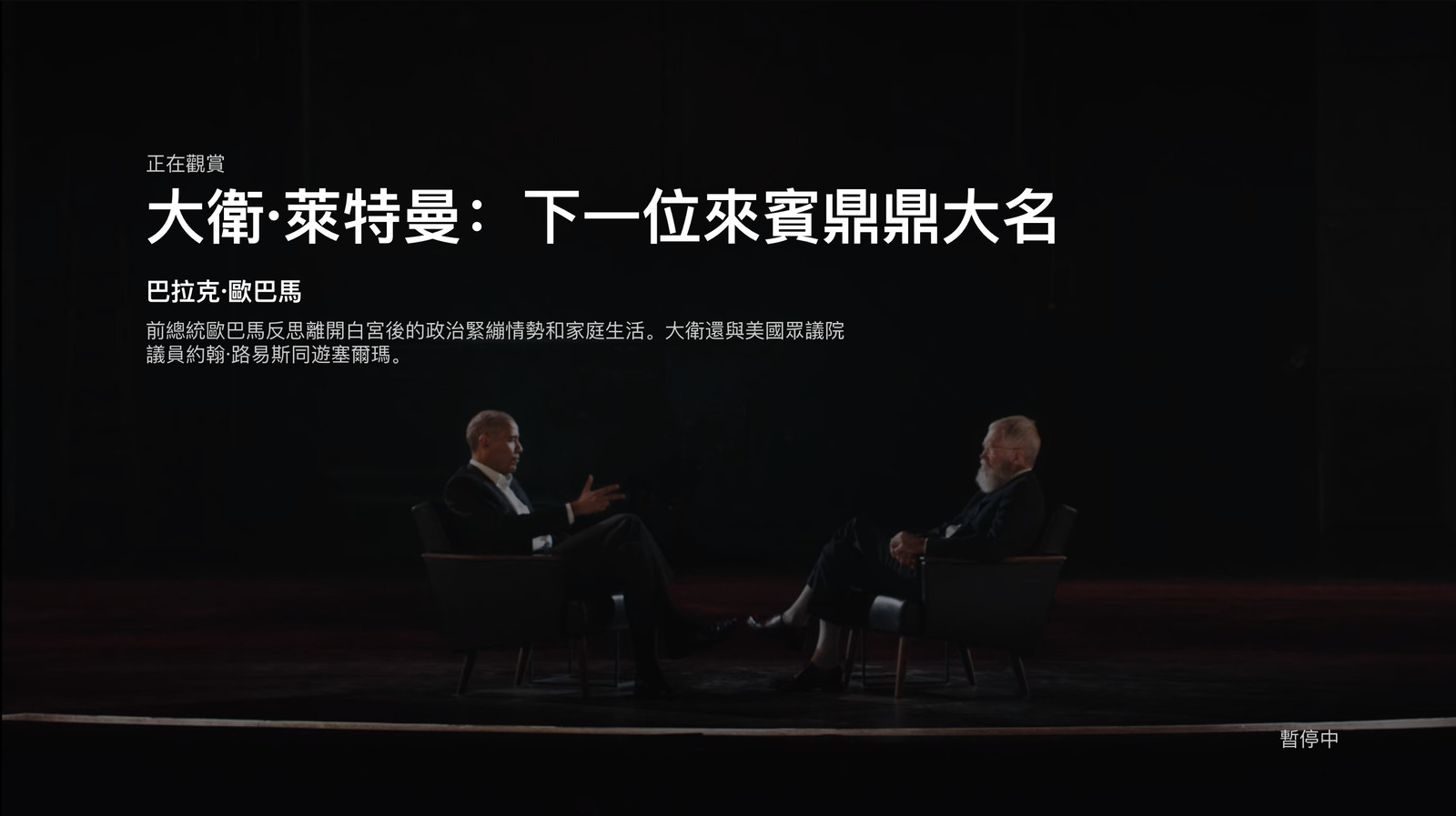前一陣子,在寫給導演 Tom 的信裡頭,本來是想問一下他的新書的事情(其實,是 Clark 提議寫信過去,想說,說不定可以向 Tom 拗幾本書來,這樣就不用買了,心機好重的 Clark…),想說順道問一下「怎麼看待 Storyboard 和 Animatics」,於是我們有了如下的幾封信往來:
Hi Tom,
thx for your quick reply :) We just ordered the books on amazon!! Hope we can get those books before You’s coming to digimax.
btw, I got an interesting question to ask our Dao Yen.
I noticed that in an animation pipeline, there are storyboard, animatics, rought layout, final layout and … … the magic is, how could you make sure to get the final appearance in the initial visual performances like storyboard and animatics? especially the storyboard, it seems far far away from the final visual presentation. then I am guessing, there must be some other reasons for that storyboard (and animatics). Then, my second questoin is: what we should get and notice in a storyboard and animatics?
Yours,
Drake
不負責任中譯:
嗨,湯姆,
我們已經在 Amazon 上頭下單買了你的書了,希望可以在你來台灣前拿到書。另外,我有一個有趣的問題想請教導演你。
我注意到在一個動畫製作流程中,有 storyboard, animatics, rough layout, final layout…等,有趣且神奇的是,你們怎麼從這些製作初期的畫面裡頭,預知到最後作品完成時的樣子的? 尤其是 storyboard,它簡直簡陋到不行,和最後的結果有很大的差異(對我來說)。所以我在猜,會使用 storyboard 或 animatics 一定有什麼原因,即使它們看起來和最終的畫面有那麼一段差距。我的第個二問題是:在觀看 storyboard 和 animatics 時,要特別注意什麼地方呢?
Dear Drake,
Thank you and the gang for ordering my book. I’m happy you are interested in getting copies.
To answer your questions; The storyboard and animatic are there to test the structure of the plot and see if it is too long, or too short.
Like in our first version of Beauty and the Beast it was almost a half an hour before Belle and the Beast met one another. That’s too long and we had to cut it. Later in animation the actions of the characters performance make the film funnier. It is the job of the director to make sure the initial visual ideas stay there throughout the production.
The old Hollywood saying is Never Argue with a Laugh. If the animatic gets laughs when you see it. You should not try and change it too much but keep the spirit of the idea in your animation. Look for places where there are no laughs and try and improve them. Again, a good director should have the film in his mind, so he or she will be there to make sure what was good in the storyboard is still there at the compositing. Also look for the storyboard for screen direction and eye direction.
Is that what you wanted to know?
Best,
Tom
不負責任中譯:
親愛的德瑞克,
非常感謝你們一群人買了我的新書,得知你們對我的書感興趣,讓我非常的開心。
你問題的答覆:那些 storyboard 和 animatics 是被用來檢驗故事構想的結構,同時瞭解故事是否太長或太短了。
舉個例子來說。在我們製作美女與野獸時,它的第一版長度足足有一個小時半,但最後發表的動畫則縮短到我們預計的一個小時。初版的長度太長了,我們得把它變短一些,同時,之後的版本也比一開始的版本,在角色的表演上,來得有趣多了。確認動畫影片至始至終,都保有一開始想的視覺上的點子,是導演的工作之一。
好萊塢有句古諺語「不要和笑點作對」。如果你在看 animatics 的某一段時,忍不住笑了,那就一定要保持住這一段的原樣。同時,修改其它段在 animatics 看起來比較不有趣的地方,讓它變得有趣。再次強調,一位好的導演,他(她)腦子裡要有很清楚且完整的電影(動畫),這樣一來,他(她)將可以確認在 storyboard 階段覺得好的橋段,可以一直持續著原貌,直到製作的最後一個階段(ex, 合成)。同時,要注意的還有畫面的動向與帶給觀眾的視線動向。
Dear Tom,
We have got the books!!! We are waiting for your coming back and Jin said ‘WE NEED YOUR SIGNATURE. COME BACK NOW~". We all miss you a lot.
I also asked Coke a question “How to get the idea of layout (or camera layout? panning?, blah blah) of a film or animation? He told me that I can pick one movie and watch it through once. Then, mute all sounds and vocals and watch again. After that, the camera layout appears! An interesting point and I am gonna give it a try.
Drake
不負責任中譯:
親愛的湯姆(噁,好像太誇張的翻譯了),
我們已經拿到書啦!!! 就等著你來啦,Jin 說「我們需要你…….的簽名,所以快點回來喔~」。我們都很想念你。
同時,我也問了 Coke 一個問題。「要怎麼得知一部電影(動畫)的運鏡或分鏡?」他給了個很有趣的答覆。他告訴我「首先我可以去挑一部喜歡的電影,然後重頭到尾看一次,瞭解劇情。接著看第二次,但把所有的聲音都關掉,就像在看默劇那樣,這個時候,你會發現你看到鏡頭的動態了(運鏡、分鏡)。因為沒有聲音的左右,而且你已經看過一次,不會再那麼容易被電影裡頭的劇情給拉去注意力,所以眼睛會很清楚地看到鏡頭動的方式。很有趣吧,一部電影,一旦有了聲音,你就會被它騙得團團轉了。你可以試試看,又聲音再打開來,不消五分鍾,你又忘了或根本看不到任何運鏡了。」我迫不及待要去試試了。
Dear Drake,
Thanks for buying my book. I hope you all enjoy it. I miss you all too. I think I am scheduled to return to Taipei in February to do publicity for the NPM. I will be happy to sign your books then.
Coke is right about studying other movies. An old Disney designer named Ken Anderson said when he sees a movie he watches it three times. Once to get the story, then he watches it again to study the cutting, then once more to study the lighting and composition. Akira Kurosawa said he taught himself film by watching one indian chase in a John Wayne film by watching it 50 times!
I don’t think you have to go that extreme, but you see that looking at film is a good way of learning technique.
Best,
Tom
親愛的德瑞克,
感謝你們買了我的書,希望你們會很喜愛。我也很想念你們,我應該是預計會在二月時過去台灣,參加故宮舉辦的公開展示(或造勢)活動,到時我會非常樂意給你們簽名的。
Coke 的說法我相當的同意。有一位在 Disney 工作的前輩 Ken Anderson 曾說過,他看一部電影時,會看三次。第一次看故事,第二次看分鏡,第三次看燈光和合成。另一位叫 Akira Kurosawa 曾說過,他自修電影的方式是,在一部 John Wayne 的電影裡頭,看著一場印度人追逐的場面,看了 50 次!!!
我認為你不用真的看到那麼多次,但是我想你已經知道了,透過看電影來學習一些技巧是一個很好的方法。
在看了 Wikipedia 上頭給 storyboard 的介紹後,得知 storyboard 這個東西源自於 1930 年代的 Disney,然後在 1940 年代被大量運用在實拍電影裡頭。我把最後一段節錄過來:
One advantage of using storyboards is that it allows (in film and business) the user to toy with changes in the storyline to evoke stronger reaction or interest. Flashbacks, for instance, are often the result of sorting storyboards out of chronological order to help build suspense and interest.
The process of visual thinking and planning allows a group of people to brainstorm together, placing their ideas on storyboards and then arranging the storyboards on the wall. This fosters more ideas and generates consensus inside the group.



